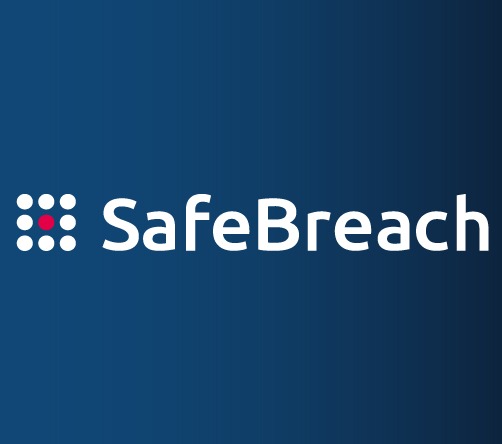 Siber Saldırıları ve Kesintileri Önlemek için OT Siber Güvenliğinizi ArtırınHoneywell Forge Cyber Security+Detaylar |
 |
 |
 |
 |
 OT ve IT kritik alt yapılarda yeni nesil merkezi siber istihbarat toplama ve siber güvenlik analizi.Coşkunöz Holding Başarı HikayesiDetaylar |
 IACS /OT ( EKS ve IoT Kritik Altyapılarda IT/OT Segmentasyonu ve Proaktif Siber Güvenlik Yol HaritasıWIN EURASIA sunumDetaylar |
 |
 |
 Türkiye Distribütörlüğünü OTD Bilişim'in yaptığı ve sektöre kazandırdığı OT & IoT Siber Güvenlik Çözümü, SCADA güvenliği, SCADAfence hakkında bilinmesi gerekenleri mercek altına aldık.OTD Blog | Nisan 2022Detaylar |
 Türkiye Distribütörlüğünü OTD Bilişim'in yaptığı ve sektöre kazandırdığı GARLAND TAP Çözümleri hakkında bilinmesi gerekenleri mercek altına aldık.OTD Blog | Nisan 2022Detaylar |
 Endüstri 4.0 Digital Dönüşüm Sürecinde, 5G ile Akıllı Fabrikalar ve imalat Endüstrisi şekillenirken, IACS/OT- IoT Kritik Altyapı ve işletmelerde Siber GüvenlikST Endüstri 4.0 Dergisi | Mart 2022Detaylar |
 Hassasiyet & Sadakat ile Yiyecek & İçecek Sektörlerinin Güvenliğini SağlamaST Endüstri 4.0 Dergisi | Temmuz 2021Detaylar |
 |
 Siber Güvenlik Çözümleri - Oldsmar Saldırısı | SCADAfenceST Otomasyon Dergisi | Mayıs 2021Detaylar |
 |
Bilgilerinizi Güncel Tutun
En güncel haberler ve trendlerden ilk siz haberdar olun.